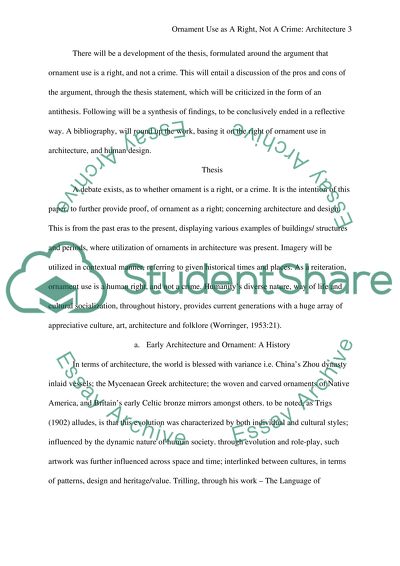Cite this document
(“Contextual studies Essay Example | Topics and Well Written Essays - 2000 words”, n.d.)
Retrieved from https://studentshare.org/architecture/1639476-contextual-studies
Retrieved from https://studentshare.org/architecture/1639476-contextual-studies
(Contextual Studies Essay Example | Topics and Well Written Essays - 2000 Words)
https://studentshare.org/architecture/1639476-contextual-studies.
https://studentshare.org/architecture/1639476-contextual-studies.
“Contextual Studies Essay Example | Topics and Well Written Essays - 2000 Words”, n.d. https://studentshare.org/architecture/1639476-contextual-studies.


